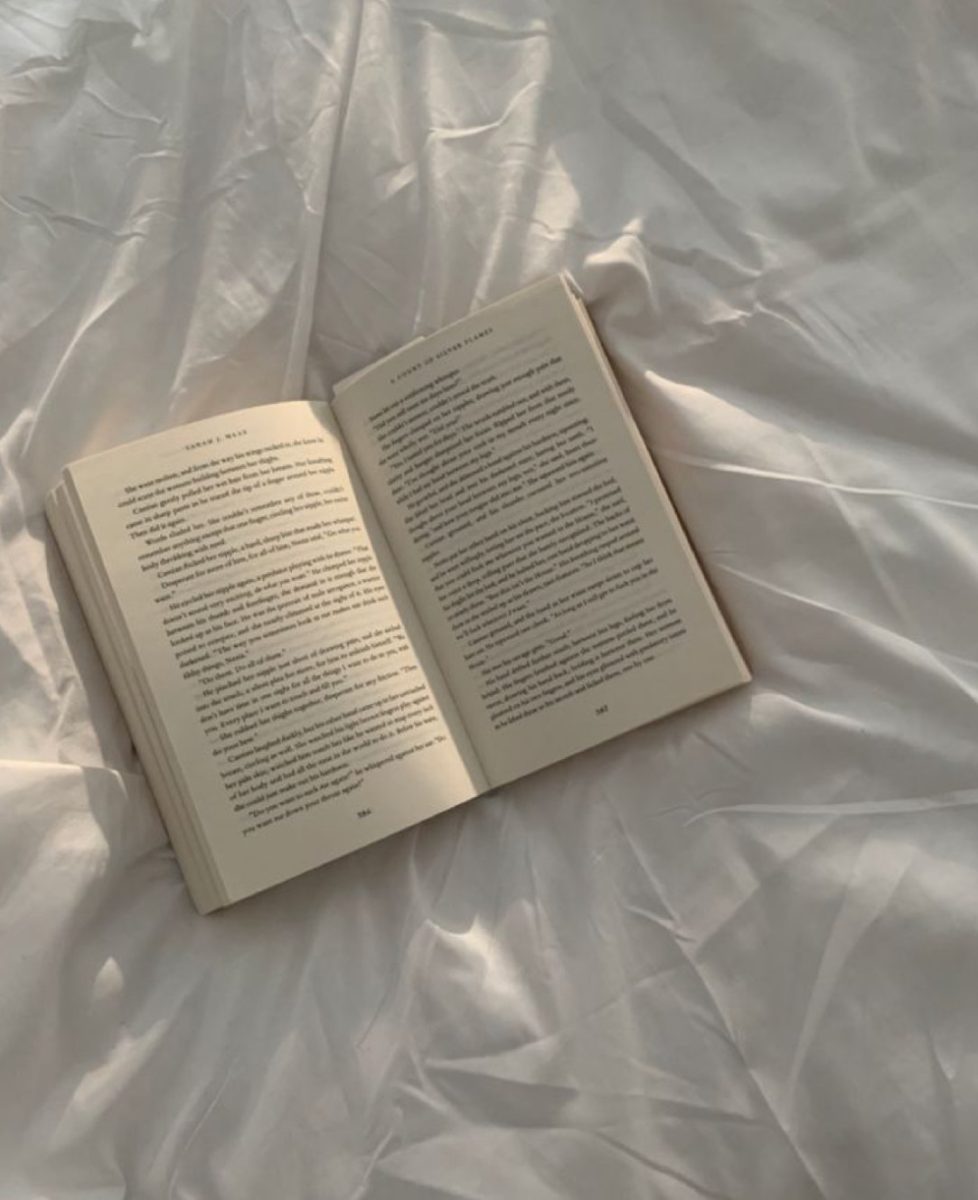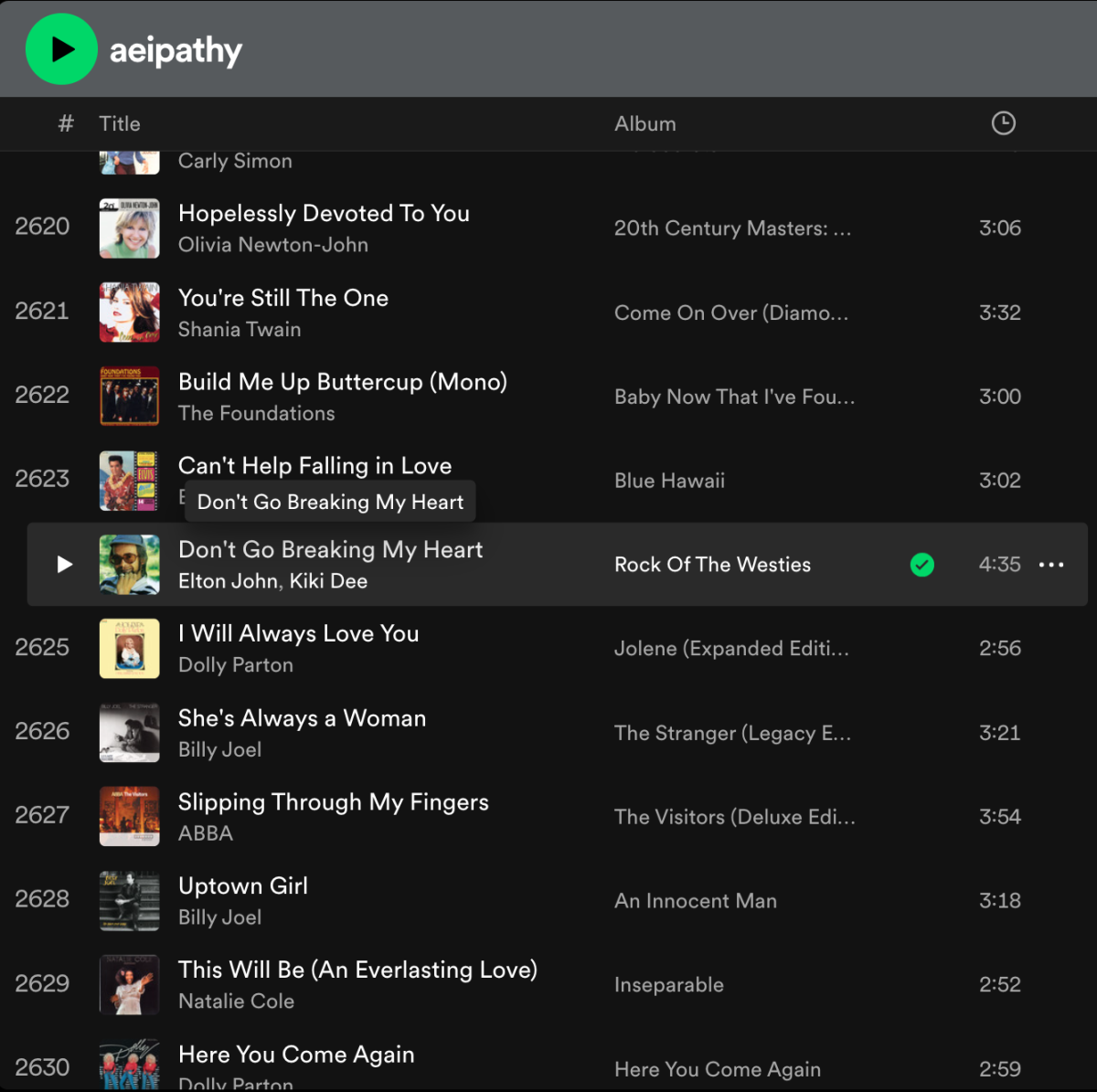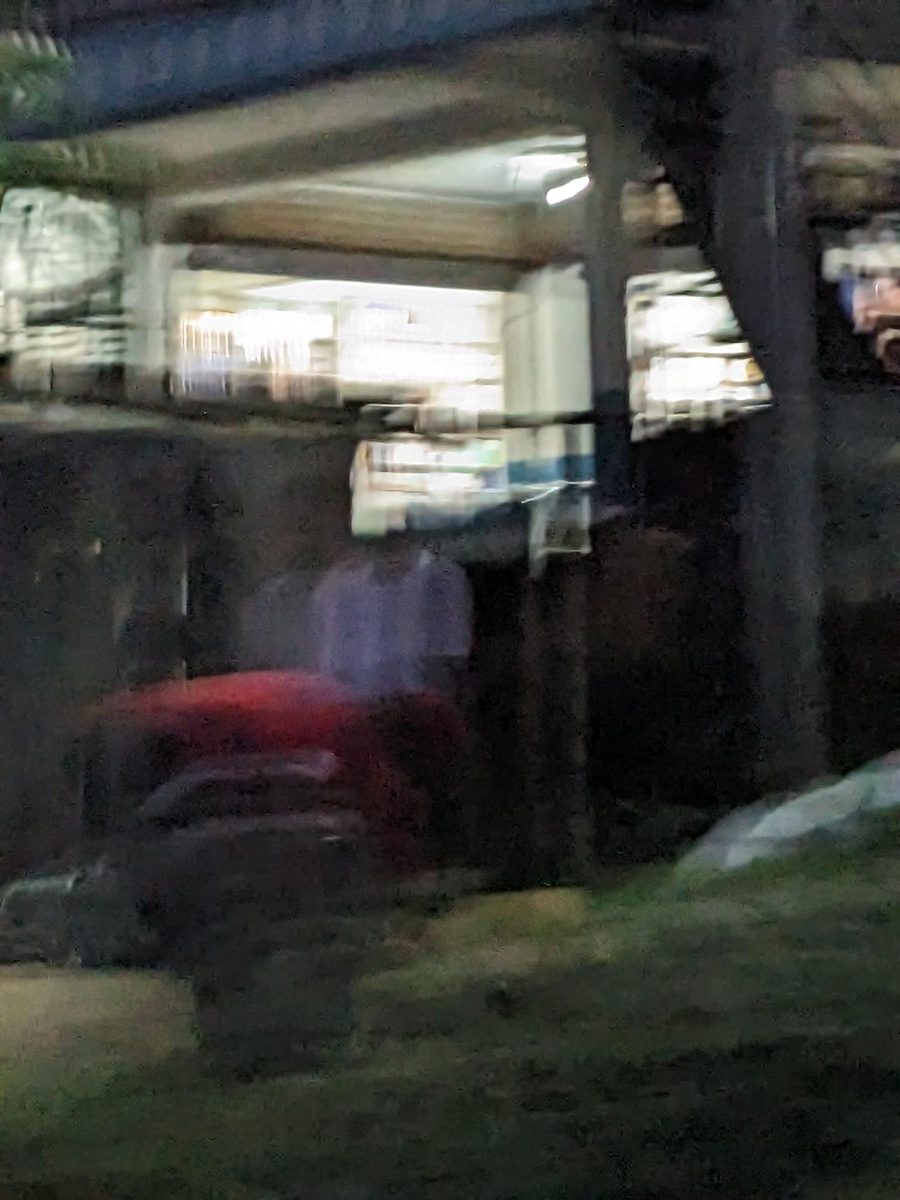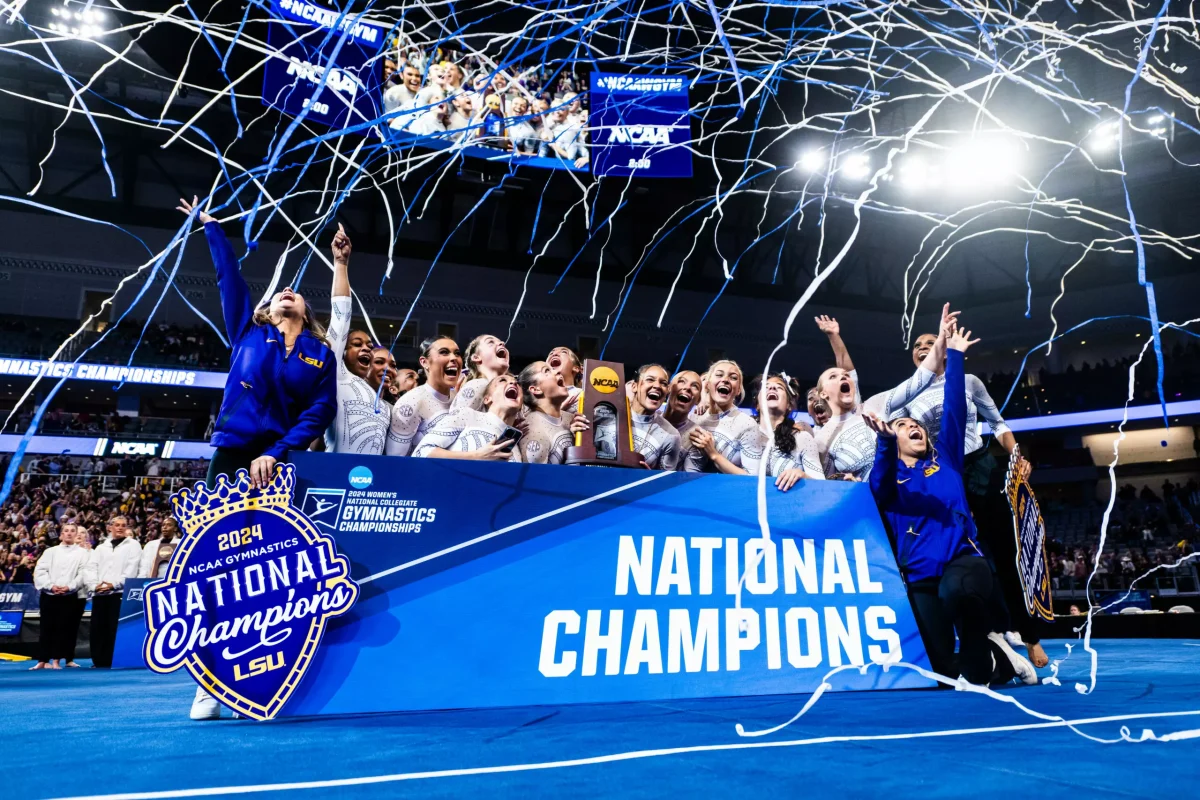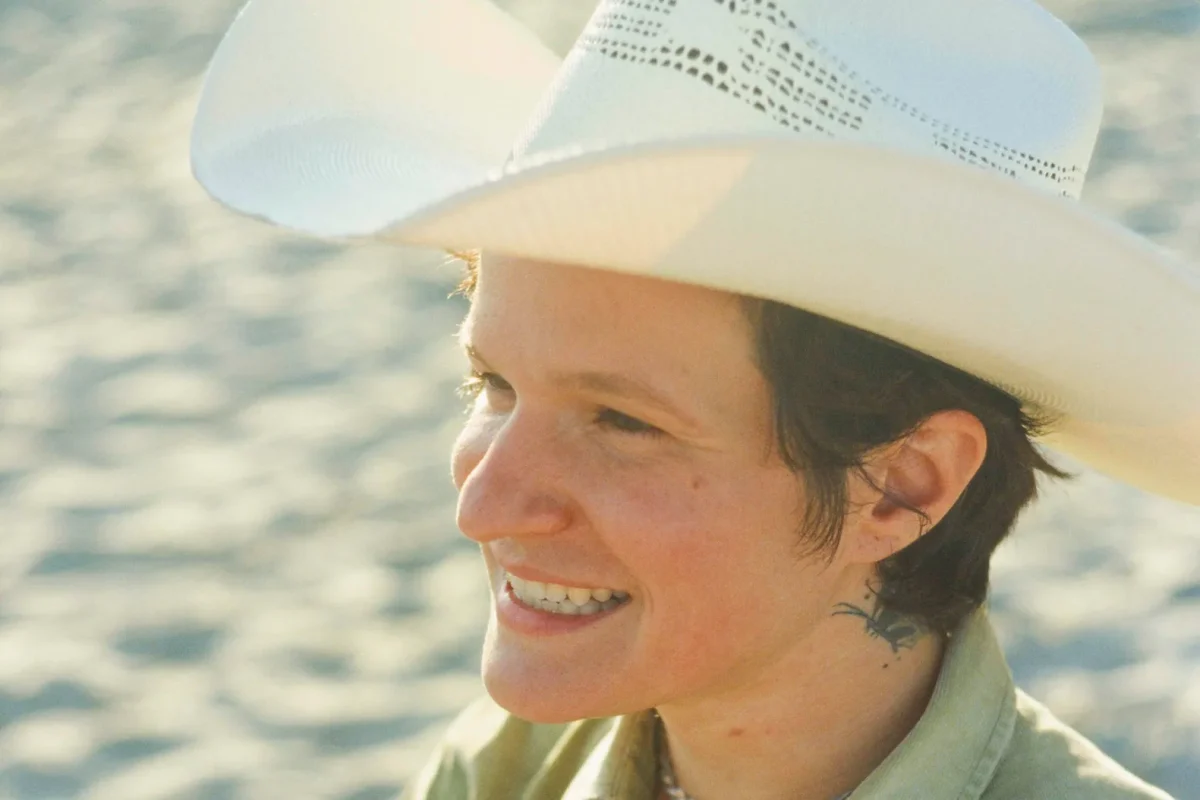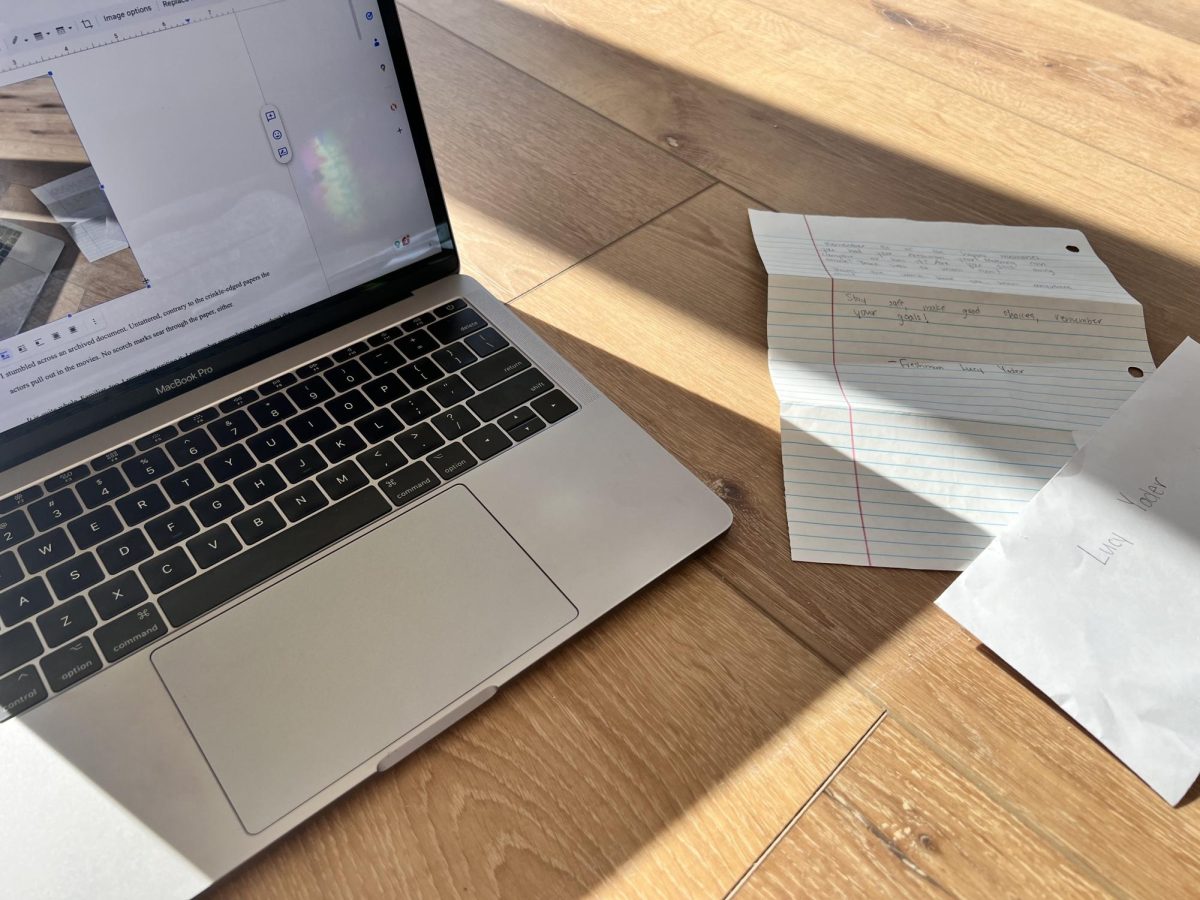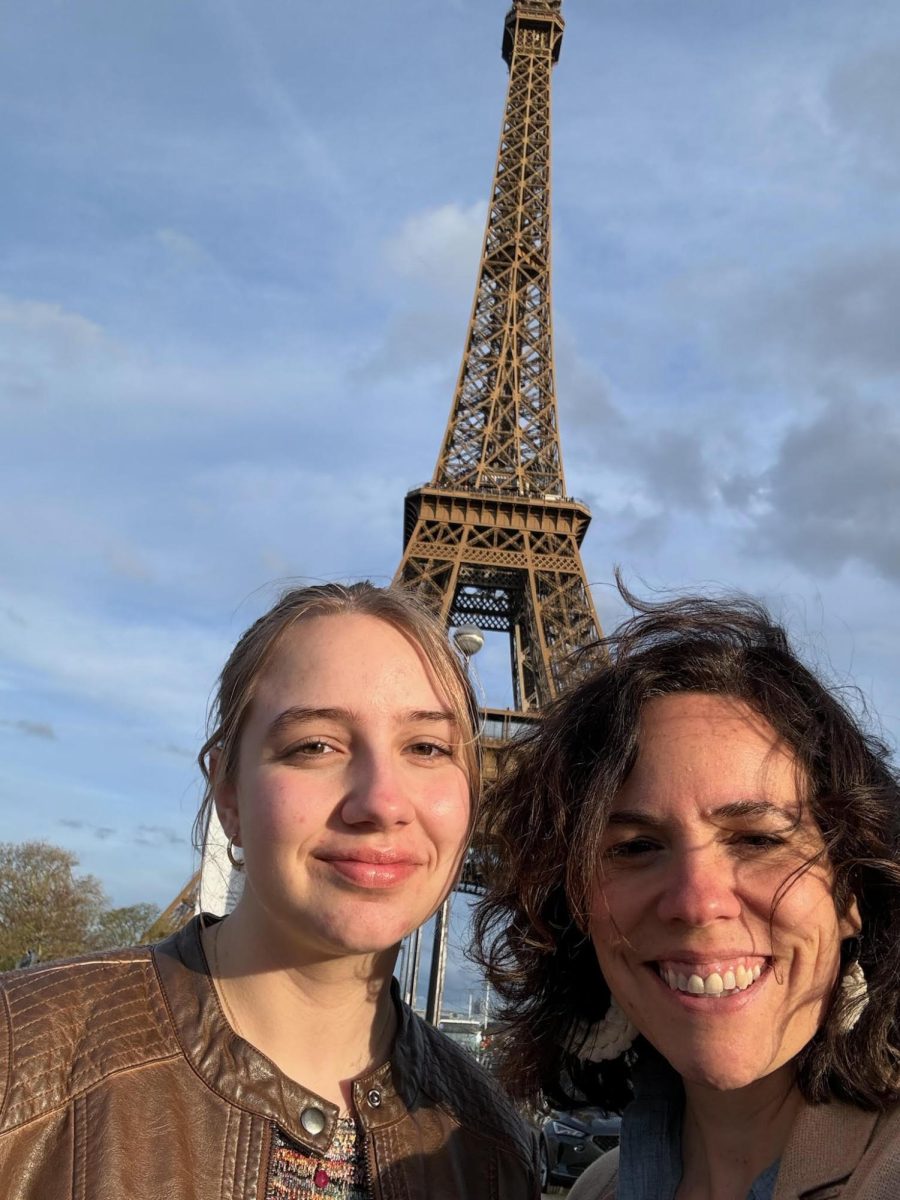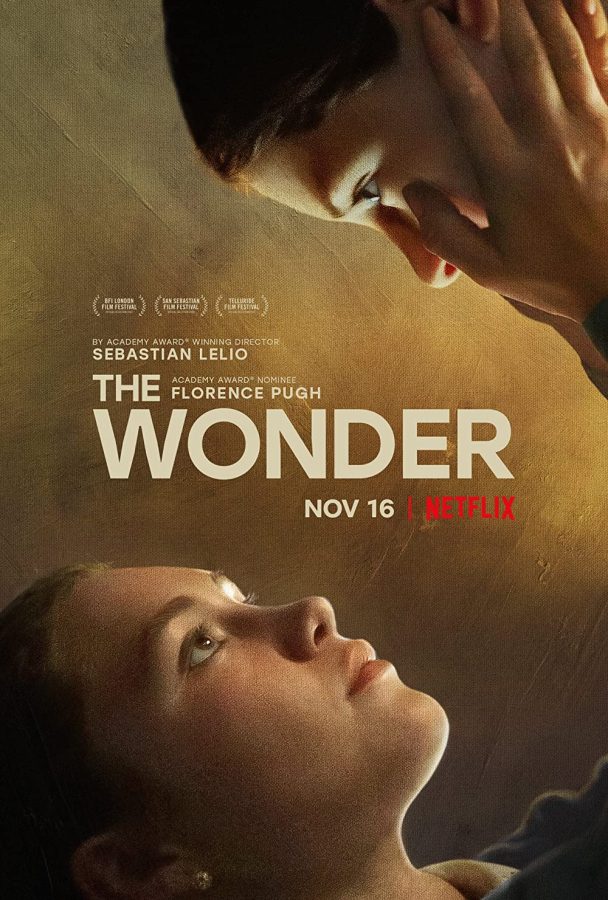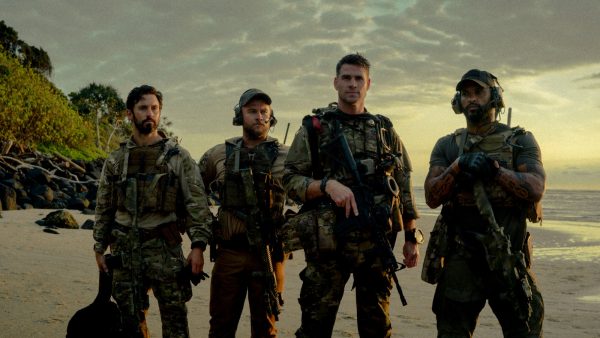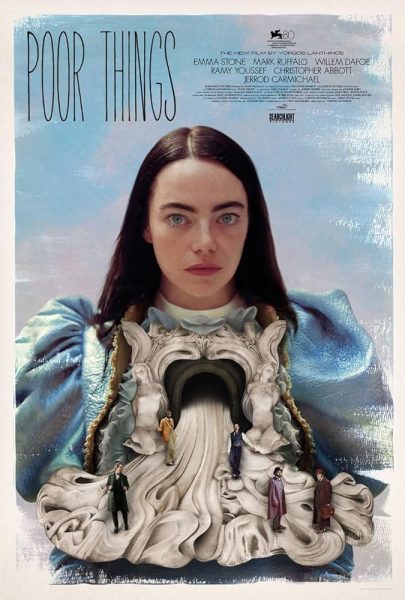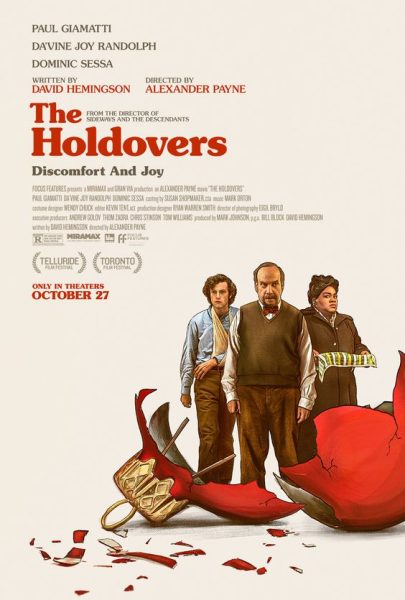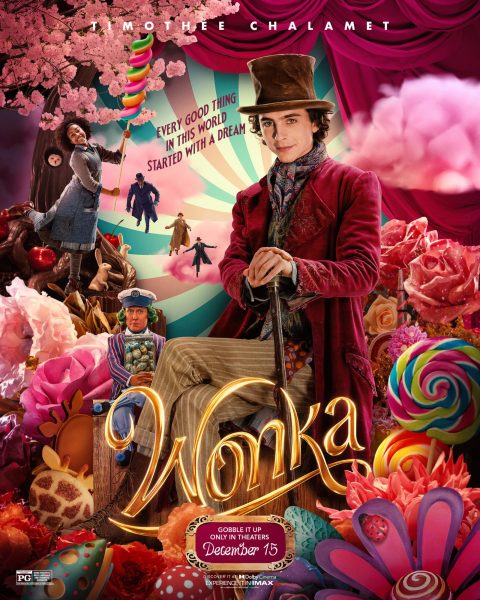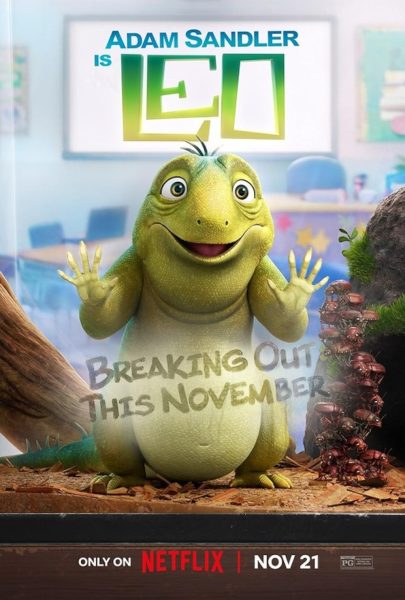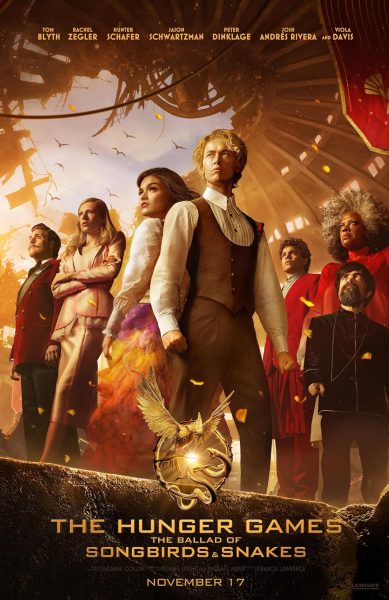The Wonder is a sad attempt at showing the struggle between religion and science

More stories from Alysse Calabio
The cover for the movie with Lib at the bottom and Anna at the top
The world is full of inexplicable phenomena, characterized by uncertainty and the unknown.
For many, uncertainty is scary: it leaves everything out in the open. That is why many choose to turn to religion. It gives them somewhat of an explanation for why things occur and something to hope for. On the other hand, many others look to science when the unknown calls, basing their ideas on more facts than beliefs. As a result, the two topics often clash. It is a constant back and forth that the film The Wonder, at most, attempts to exemplify.
The film takes place just after the Irish Potato Famine in 1862. It was a time in which religion was the more prominent focus in comparison to science. Lib (Florence Pugh), an English nurse, and Sister Michael (Josie Walker), a nun nurse, are both sent to Ireland to watch over the young Anna O’Donnell (Kila Lord Cassidy). However, rather than watching over her because she is sick, they are there to watch over her for the opposite reason: she is healthy.
The problem arises because Anna hasn’t eaten in about four months; not since her eleventh birthday and, subsequently, her first communion. Lib and Sister Michael had been assigned to watch over Anna over two weeks in shifts. At the end of those two weeks, each will give their individual reports as to how Anna can survive that prolonged period of time. Worried about how long Anna’s claimed to have gone without food, Lib does all she can to prove that it is nothing but a facade before further danger comes Anna’s way.
Her realizations had left me feeling more confused about how Lib had come to that conclusion than I feeling satisfied as all the pieces came together.
In the beginning, the theme of religion versus science was evident, especially since the town’s council had brought in both a nun and a traditional nurse to observe the girl. In doing so, it would be assumed that the nun would be adamant about God making it so that Anna is not eating. The nun would be a great adversary to Lib; except, she is not. Rather, the audience barely sees her argue her point of religion even when speaking to the council. The movie passively looks over a character who had so much more to contribute; it throws a promising opponent’s potential away.
Not only are some of the characters seemingly disregarded but the realizations of the characters, more specifically Lib, seemed very abrupt. There are moments in which rather than hinting at a conclusion Lib would come to, it just appears in her mind. Her realizations had left me feeling more confused about how Lib had come to that conclusion than satisfied as all the pieces came together.
Although, to say that all aspects of the movie struggled would be erroneous. From the moment the film started, the cinematography was nothing if not remarkable. The movie begins by showing the set of the movie and then pans over to Lib in a boat to Ireland. On top of its unique start, the lighting throughout the entire movie added to the mysterious atmosphere. The lighting gorgeously reflected the mood being set during each scene.
The unknown fills our world. It is the catalyst for the strife between religion and science: a strife that The Wonder strives to illustrate. Despite its best efforts, it will continue to strive for excellence without a chance to actually reach it.

Alysse Calabio is going on to her second and final year on The Central Trend. If there's anything she loves more than the world, it would be experiencing...













